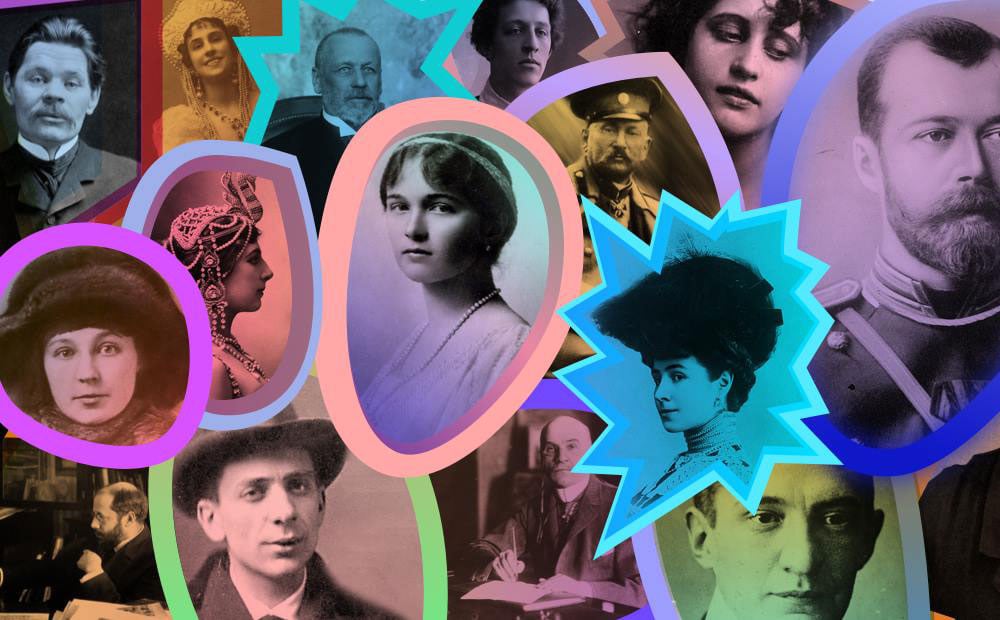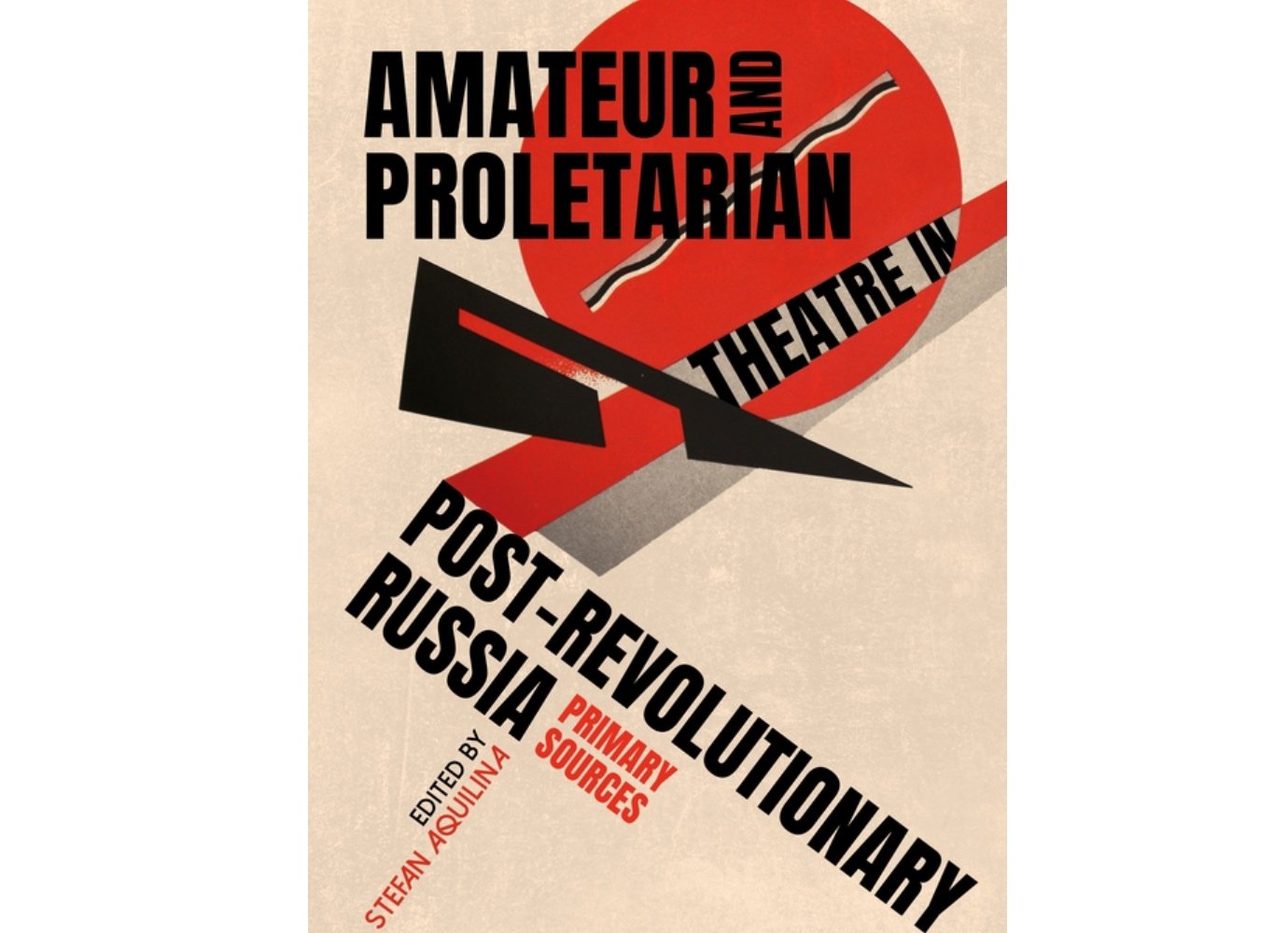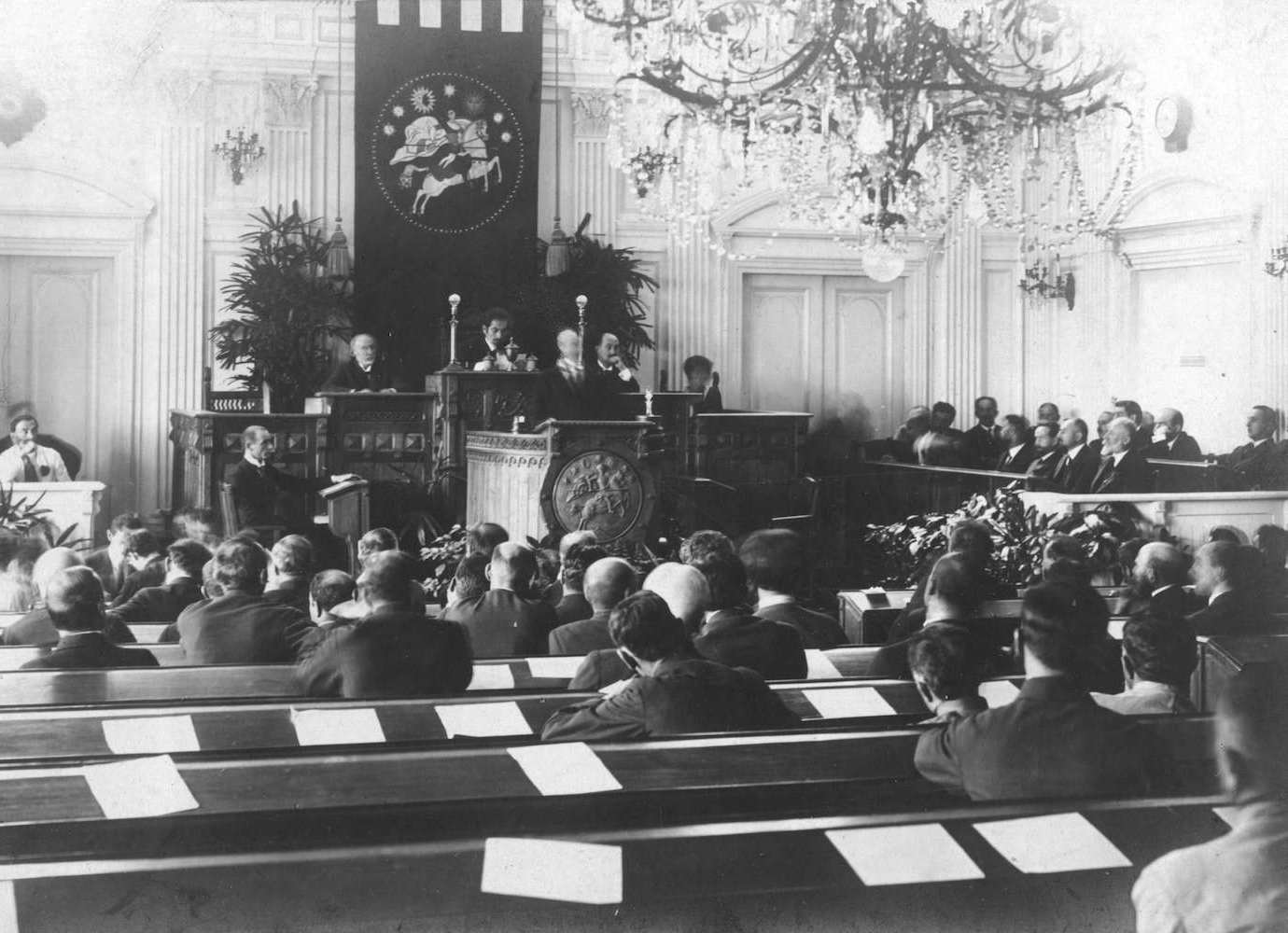The rise and fall of urban communes during the Russian Revolution | Calvert Reads
It is strange to read about communes set up during the Russian revolution and its immediate aftermath, while sharing a home with housemates in 21st-century London. Some realities coincide: the bickering over splitting money, the pranks, the isolation one may experience in such a group. But while London sharers often choose such set-ups by due to the high rents of the metropolis, in Russian cities during the 1920s, urban communes were embraced by young idealists trying to bring the Revolution into their daily lives.
Andy Willimott’s book Living the Revolution: Urban communes and Soviet socialism (1917-1932), published by Oxford University Press, is a nuanced and pioneering non-fiction account of the rise and fall of the communes in the early Soviet period. With anecdotes selected from archives, literary works, and a plethora of academic references, the book reveals a little known facet of the Russian revolution that goes beyond the usual narratives centred on high up party leaders.
Curious, too, is the way Willimott paints a social panorama, showing the tensions between forward-looking young socialists and their more conservative co-workers. One of the key sources of criticism of communal living coming from traditional groups was women’s presence in factories and communes, which they deemed immoral and derided as “prostitution”. Yet it wasn’t only the conservative parts of society that condemned the communards; the end of the communes in the early 30s partly came as a result of them being dismissed as “isolationist” — somewhat like “bourgeois families” — by the Soviet ideologists of the time, that did not consider this form of shared living to be compatible with the militarised, hierarchical form of Soviet communism advanced by Stalin.
Vividly written and divided into chapters focused on the different forms of urban communes — set up in student dorms, flats, or factories — the book marks a key addition to the understanding not just of the Russian revolution as it was experienced from below, but also to the history of shared living experiments in general.
Get your copy of the book here.


